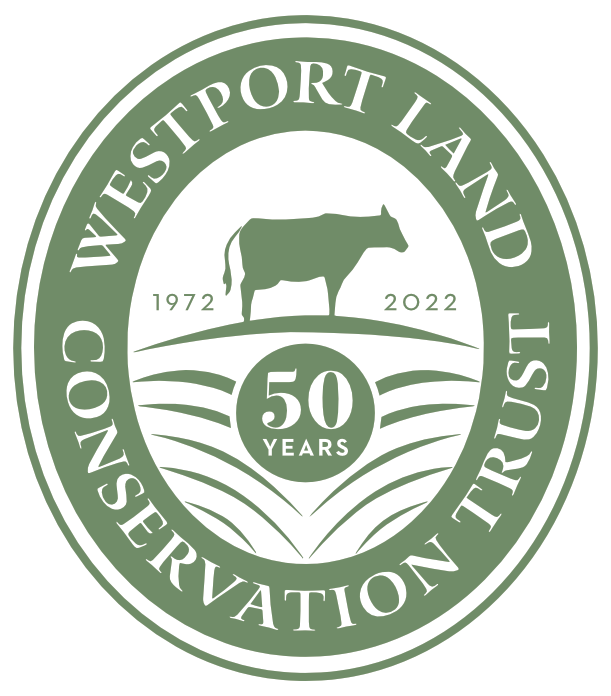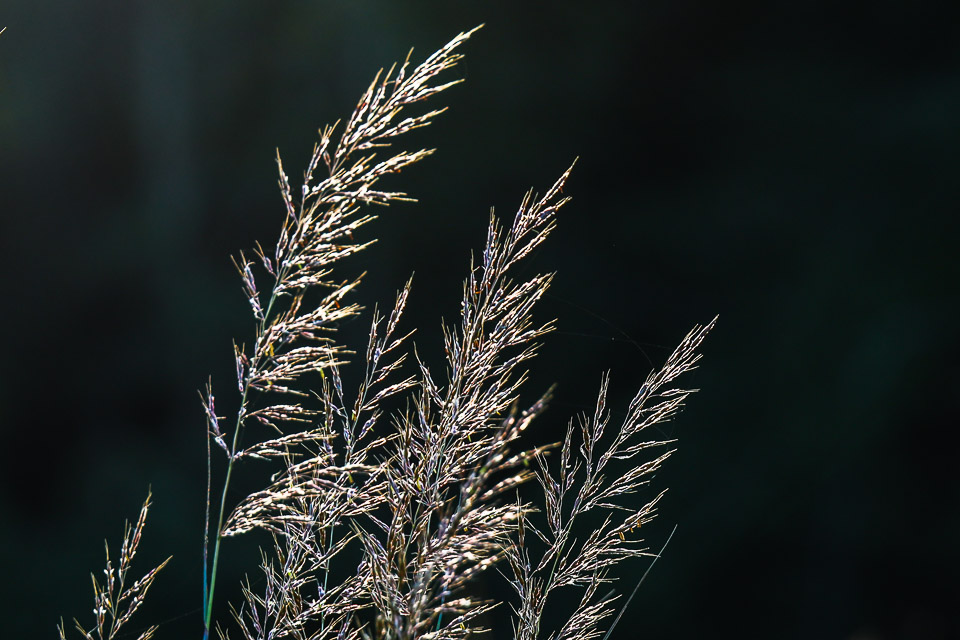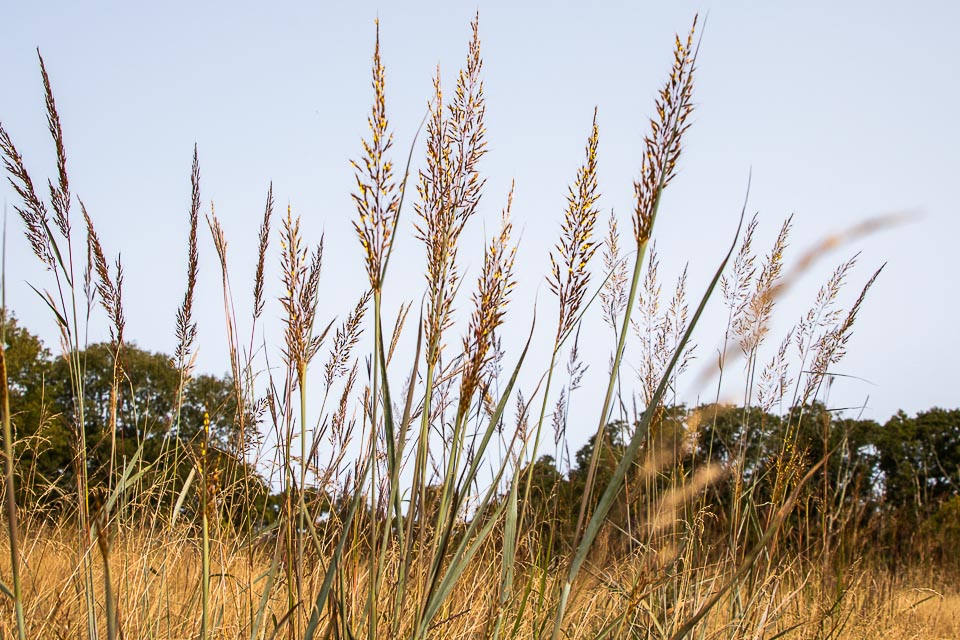
The Westport Woods Conservation Park Tallgrass Meadow by Greg Stone
Tallgrass meadow is capable of supporting significant biodiversity. As its name suggests, the most obvious features of the tallgrass meadow habitat are tall grasses, such as indiangrass (Sorghastrum nutans), big bluestem (Andropogon gerardi), and switchgrass (Panicum virgatum). Here’s a closer look:
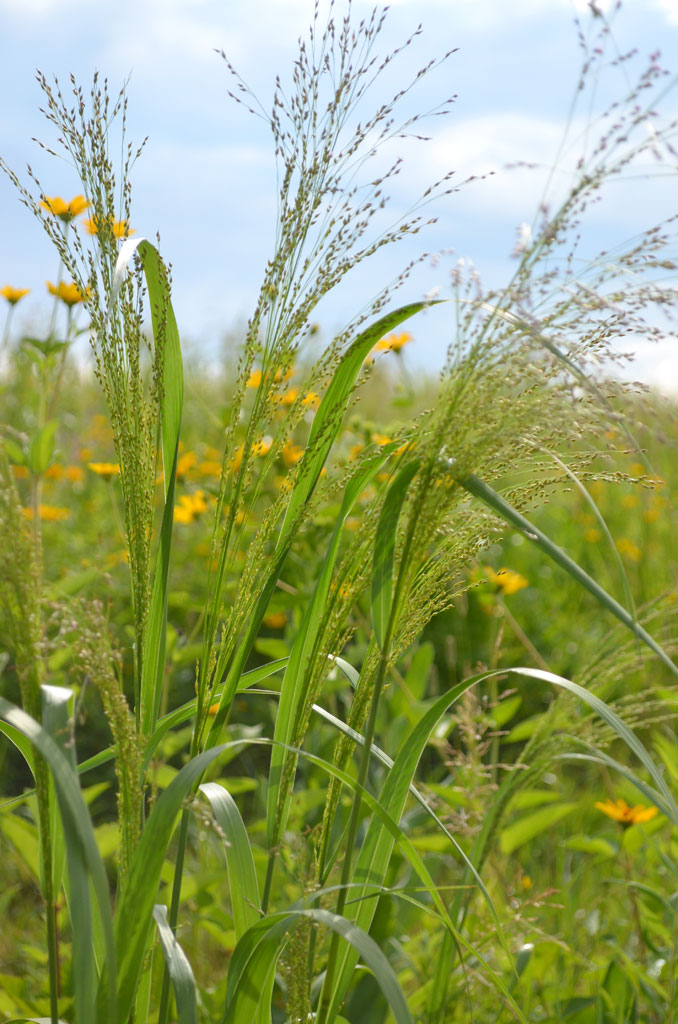
Switchgrass (Panicum virgatum) provides excellent fodder for ruminant livestock
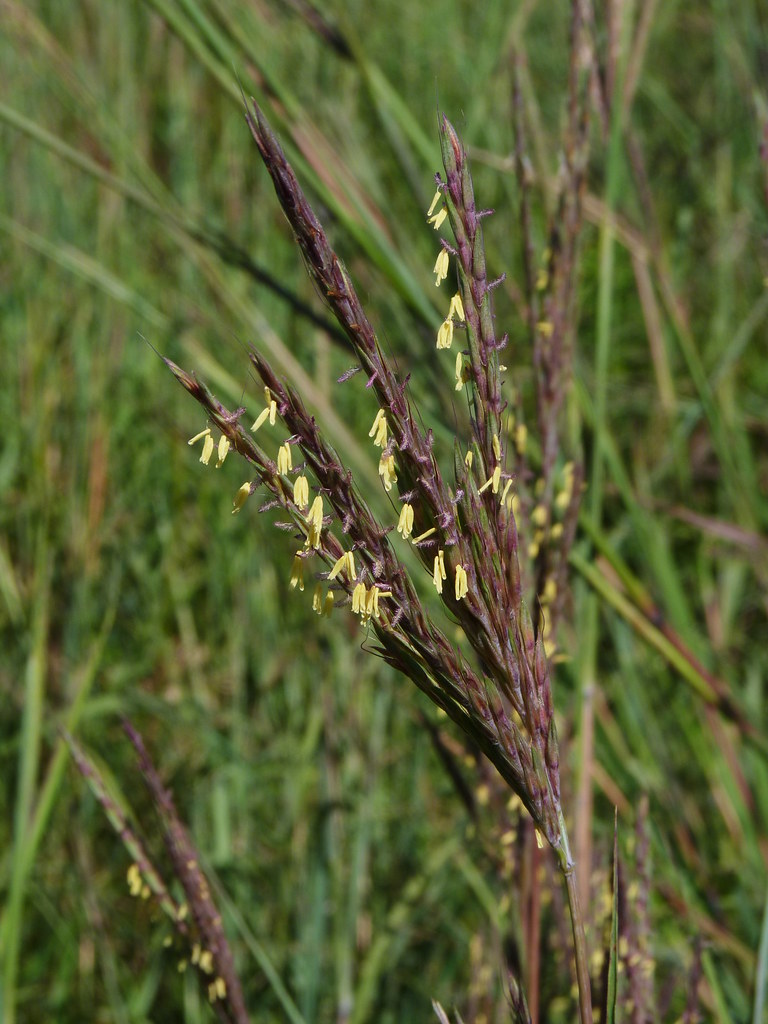
Big bluestem (Andropogon gerardi) is commonly known as turkey foot due to the shape of the seed head
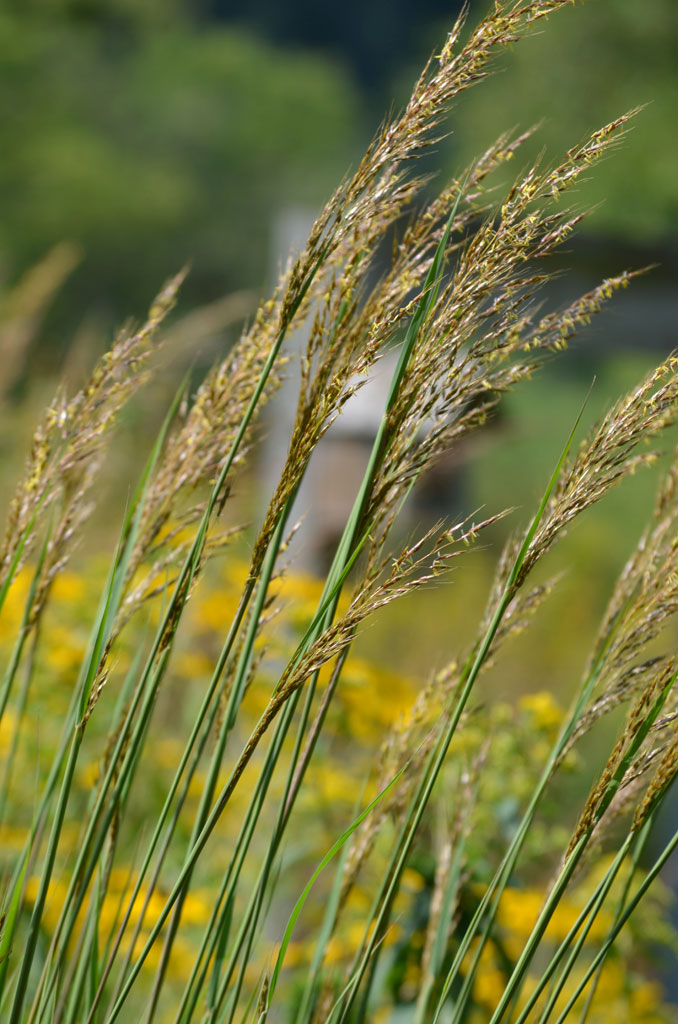
Indiangrass (Sorghastrum nutans) can grow up to eight feet tall

